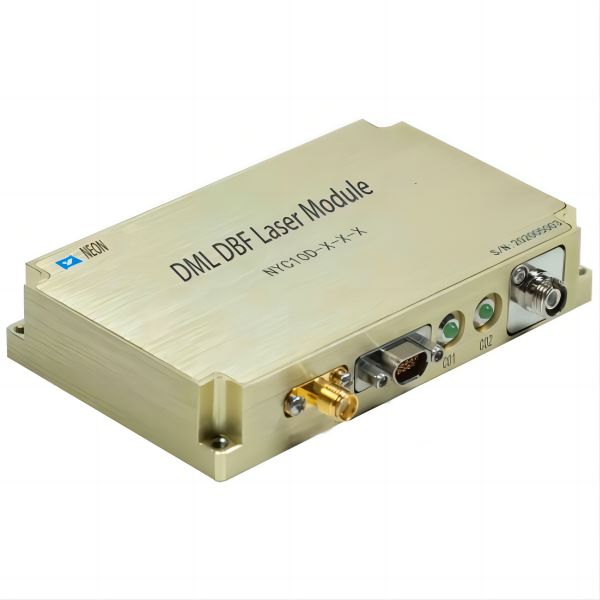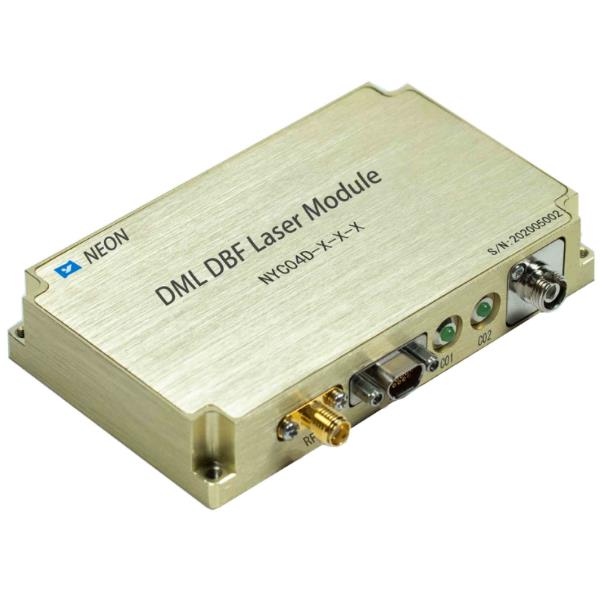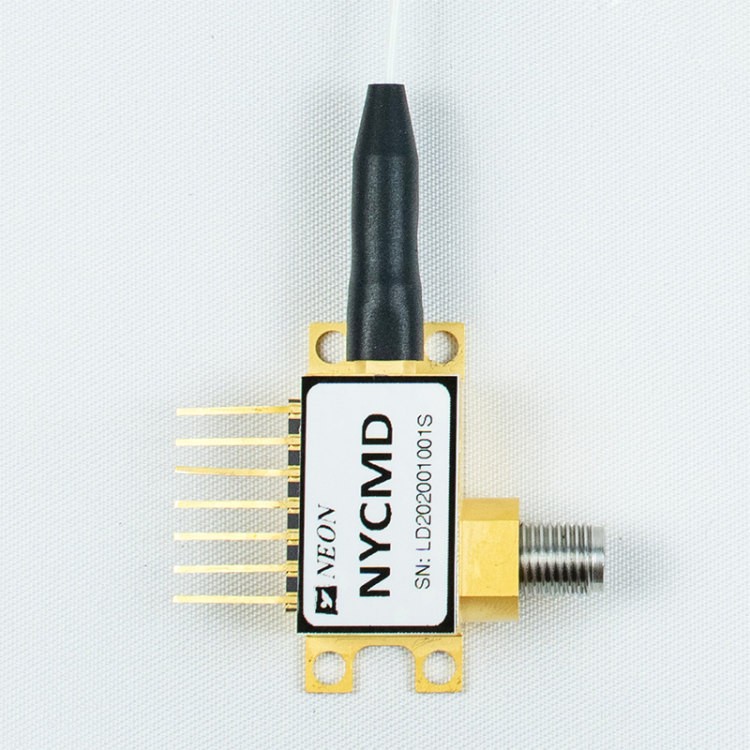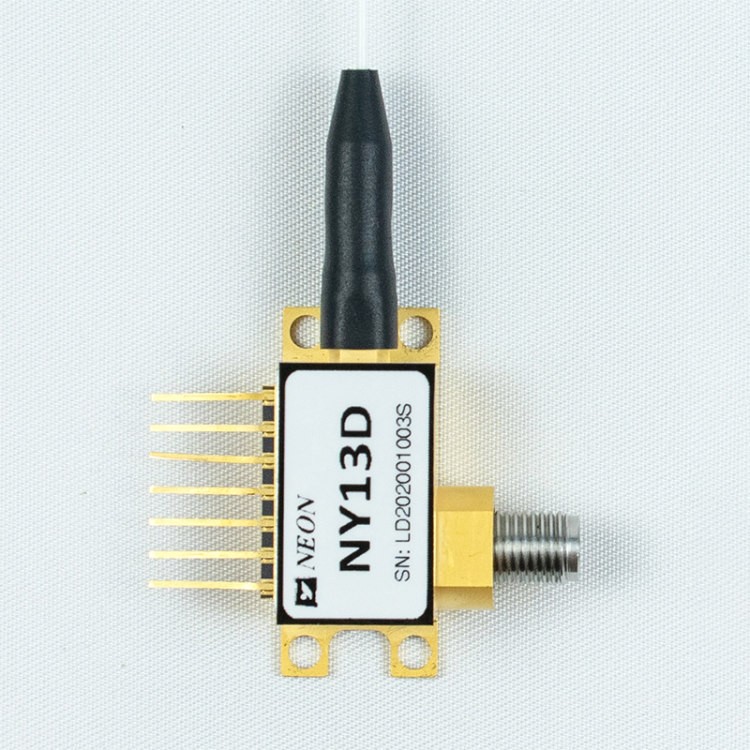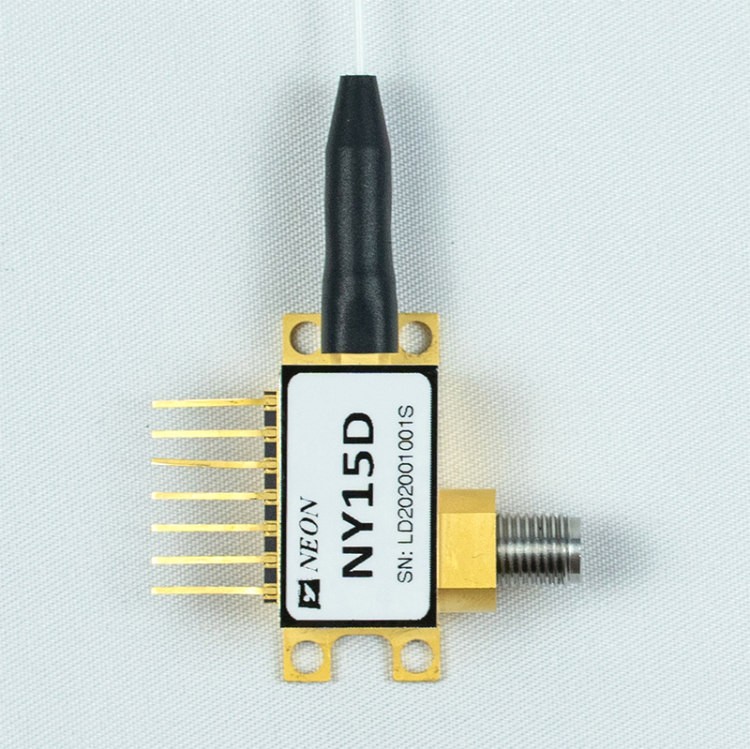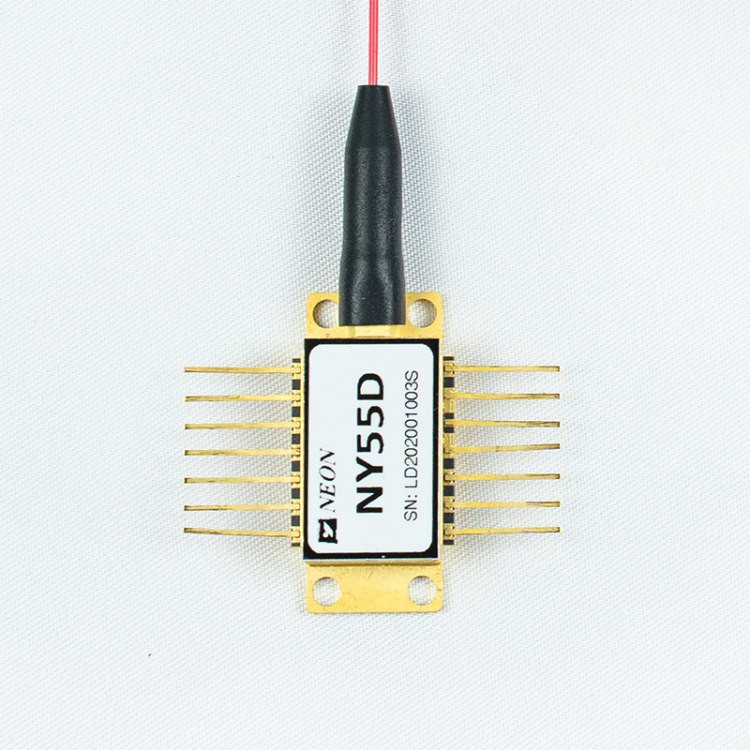DML vs EML Lasers: Differences Analysis and Application Selection
In the era of high-speed communication, optical communication technologies have emerged as the backbone for transmitting large amounts of data over long distances. With the exponential growth in data traffic due to advancements in technologies like 5G, cloud computing, and the Internet of Things (IoT), the demand for efficient, high-speed optical communication systems has skyrocketed. Central to these systems are lasers, which serve as the light sources converting electrical signals into optical signals for transmission over optical fibers. Among the various types of lasers used in optical communication, Directly Modulated Lasers (DML) and Electroabsorption Modulated Lasers (EML) are the most widely used for different applications.
These two laser technologies differ fundamentally in terms of their operating principles, performance characteristics, and application scenarios. This article provides an differences comparison between DML lasers and EML lasers, their respective advantages and disadvantages, and guidance on selecting the appropriate laser technology based on specific communication needs.
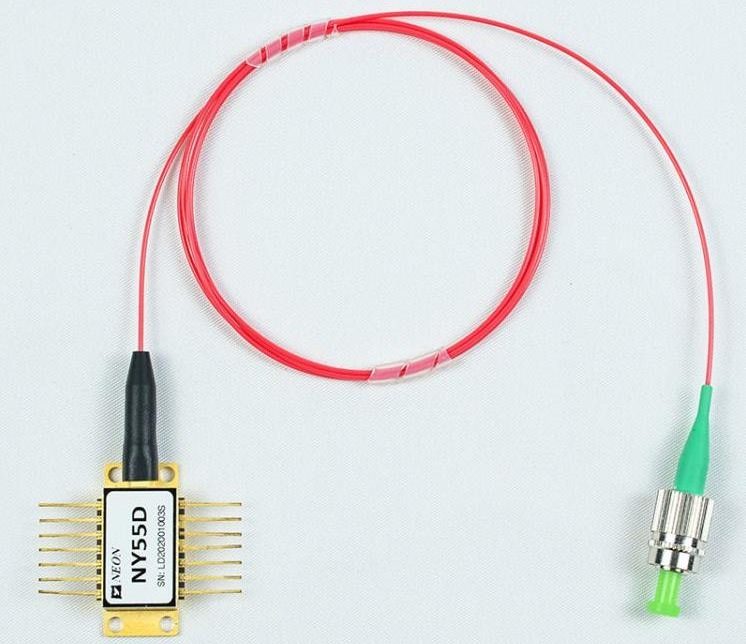
Part 1: Basic Concepts of DML and EML Lasers
Directly Modulated Laser (DML)
A DML laser is a semiconductor laser in which the output light intensity is modulated by directly varying the injection current. This type of laser is often referred to as a DML laser diode because it relies on the modulation of the current injected into the diode to control the laser’s output.
What is the Working Principle of DML Laser?
The core principle of a DML laser is based on carrier injection and the resulting changes in the refractive index of the active region of the laser diode. As the current injected into the laser diode changes, it modulates the carrier density in the active region, directly influencing the emission of photons and thus modulating the intensity of the laser light. The more the current is injected, the more intense the light emitted by the diode. This direct modulation is typically used in systems requiring lower to moderate data rates over shorter distances.
Electroabsorption Modulated Laser (EML)
An EML laser combines a semiconductor laser with an electroabsorption modulator (EAM). The electroabsorption modulator adjusts the intensity of the laser’s output by exploiting the electroabsorption effect, which refers to the change in the absorption of light by a semiconductor material in response to an applied electric field.
What is the Working Principle of EML Laser?
The working principle of the EML laser relies on the combination of a laser diode that generates the light and an external modulator (EAM) that controls the output intensity. The modulator uses an electric field to absorb or release energy from the light produced by the laser, allowing for precise modulation of the light’s intensity. The external modulator provides better performance by offering higher modulation bandwidth and lower noise compared to DML lasers, making it suitable for higher-speed applications.
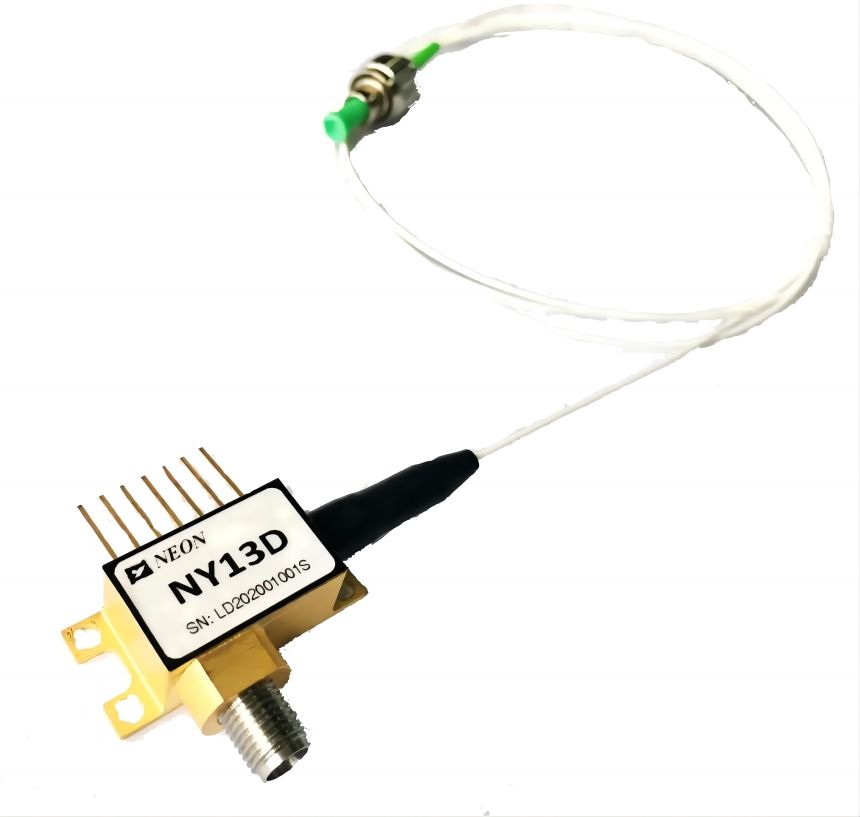
Part 2: Modulation Principles of DML and EML Lasers
DML Modulation Principle
Carrier Injection: In a DML, the key modulation mechanism is the direct injection of current into the semiconductor laser diode. By varying the injection current, the electron-hole pairs in the active region of the laser are altered, changing the refractive index and thus modulating the light output. This process is a direct modulation where the intensity of the emitted light is directly tied to the amount of current injected into the diode.
Phase Noise: A significant challenge for DML laser diode chips is phase noise. As the current modulation is directly tied to the laser’s output, fluctuations in the current can introduce phase noise, which leads to signal degradation at high frequencies. This phenomenon becomes particularly problematic when attempting to maintain high signal integrity over long distances or at high data rates.
EML Modulation Principle
Electroabsorption Effect: The electroabsorption modulator in an EML laser diode utilizes the electroabsorption effect, which is the change in a material’s optical absorption due to an external electric field. By applying a voltage to the modulator, the absorption characteristics of the modulator material change, thereby controlling the amount of light that passes through it. The laser diode itself produces a continuous light source, while the modulator adjusts its intensity, offering much higher precision and lower noise compared to direct modulation.
External Modulator: The external modulator in an EML laser offers several advantages over direct modulation. It can provide faster modulation speeds and better control over the output light, as the modulation is decoupled from the laser’s current. This design enables EML laser diode chips to operate efficiently at higher speeds with lower signal distortion, making them ideal for high-performance optical communication systems.
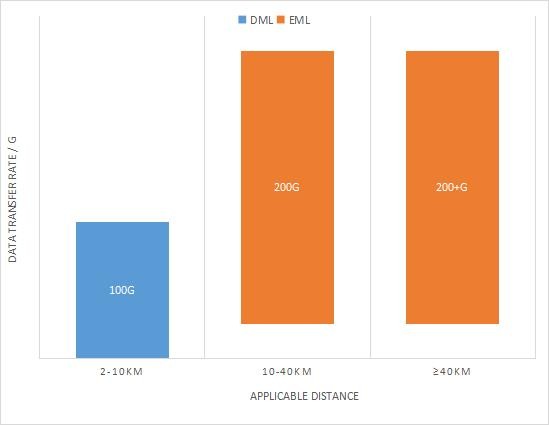
Performance Comparison Between DML and EML Lasers
| Metric | DML Lasers | EML Lasers |
| Bandwidth | Lower bandwidth due to the limitations of direct current modulation. | Higher bandwidth due to the external modulator optimized for high-frequency operation. |
| Modulation Rate | Suitable for moderate data rates, such as in data centers or short-range links. | Supports high modulation rates (up to 100G and beyond), ideal for high-speed communication. |
| Transmission Distance | Limited to short distances due to signal degradation from phase noise and limited bandwidth. | Maintains signal integrity over long distances, making it suitable for long-range optical communication. |
| Linearity | Lower linearity, which may affect signal fidelity in certain applications. | Superior linearity, ensuring high-fidelity communication. |
| Noise Characteristics | Higher noise due to the direct modulation process. | Lower noise due to the separation of the modulation process from the laser source. |
| Cost | More cost-effective, ideal for applications with budget constraints. | Higher cost due to the complexity of the external modulator. |
| Integration Complexity | Easier to integrate into simple systems. | Requires more complex integration due to the addition of an external modulator. |
Part 4: Application Scenarios of DML and EML Lasers
Applications of DML Lasers
Short-range Optical Communication: Due to their lower cost and simpler design, DML lasers are frequently used in short-range optical communication systems, such as data center interconnects or within local area networks (LANs). They are well-suited for applications where the transmission distance is relatively short (typically up to several kilometers).
Data Center Interconnects: DML laser diode chips are often chosen for interconnecting various devices within data centers due to their low power consumption, compact form factor, and lower cost compared to EML laser diode chips.
Applications of EML Lasers
Long-range Optical Communication: EML lasers are preferred for long-distance optical communication, such as in metropolitan area networks (MANs), wide area networks (WANs), and long-haul fiber optic systems. Their superior modulation capabilities, low noise, and high bandwidth make them ideal for maintaining signal quality over longer distances.
High-Speed Optical Communication: For applications requiring high data rates (such as 10G, 40G, or 100G communication), EML lasers are the go-to choice. Their ability to support high-speed modulation ensures that they can handle the vast amounts of data required in modern communication systems.
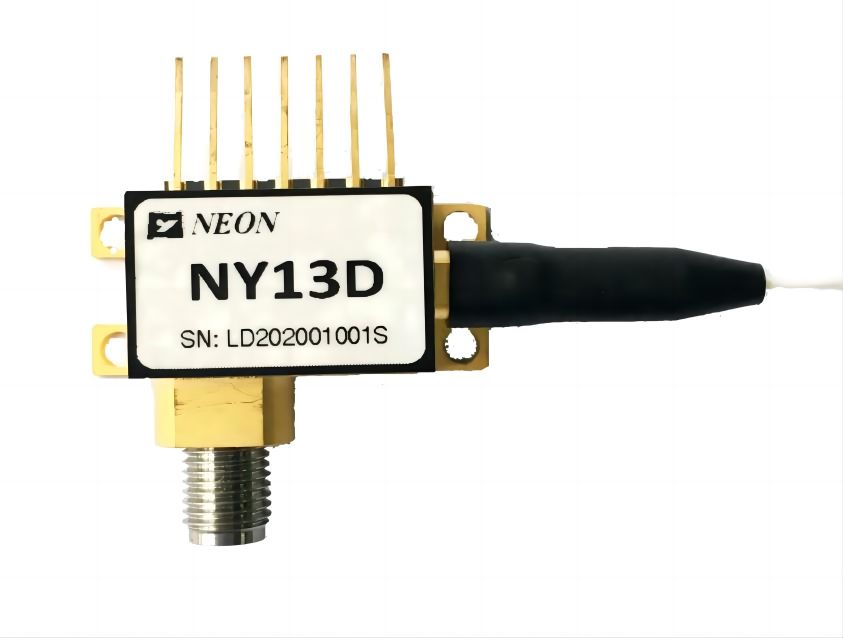
Part 5: How to Choose the Right Laser Diode Chip
Selecting the appropriate laser diode chip requires a comprehensive evaluation of factors such as application scenario, transmission distance, data rate, and cost. Here are some general guidelines:
| Criteria | Recommended Laser Type | Reason |
| Short Distance, Low Data Rate | DML | DML lasers are cost-effective and adequate for applications with short transmission distances and moderate performance requirements. |
| Long Distance, High Data Rate | EML | EML lasers provide superior performance for long-range and high-speed optical communication due to their higher bandwidth and lower noise. |
| High Phase Noise Sensitivity | EML | The external modulator in EML lasers ensures low phase noise, making them ideal for applications with stringent signal quality requirements. |
| Cost-Sensitive Applications | DML | DML lasers are more affordable and easier to integrate, making them the better choice for budget-conscious systems. |
DML and EML lasers have their own advantages and disadvantages. Choosing the right laser chip requires comprehensive consideration based on the specific application scenario. With the continuous development of optical communication technology, DML and EML lasers will also continue to improve to meet the growing bandwidth and rate requirements.


